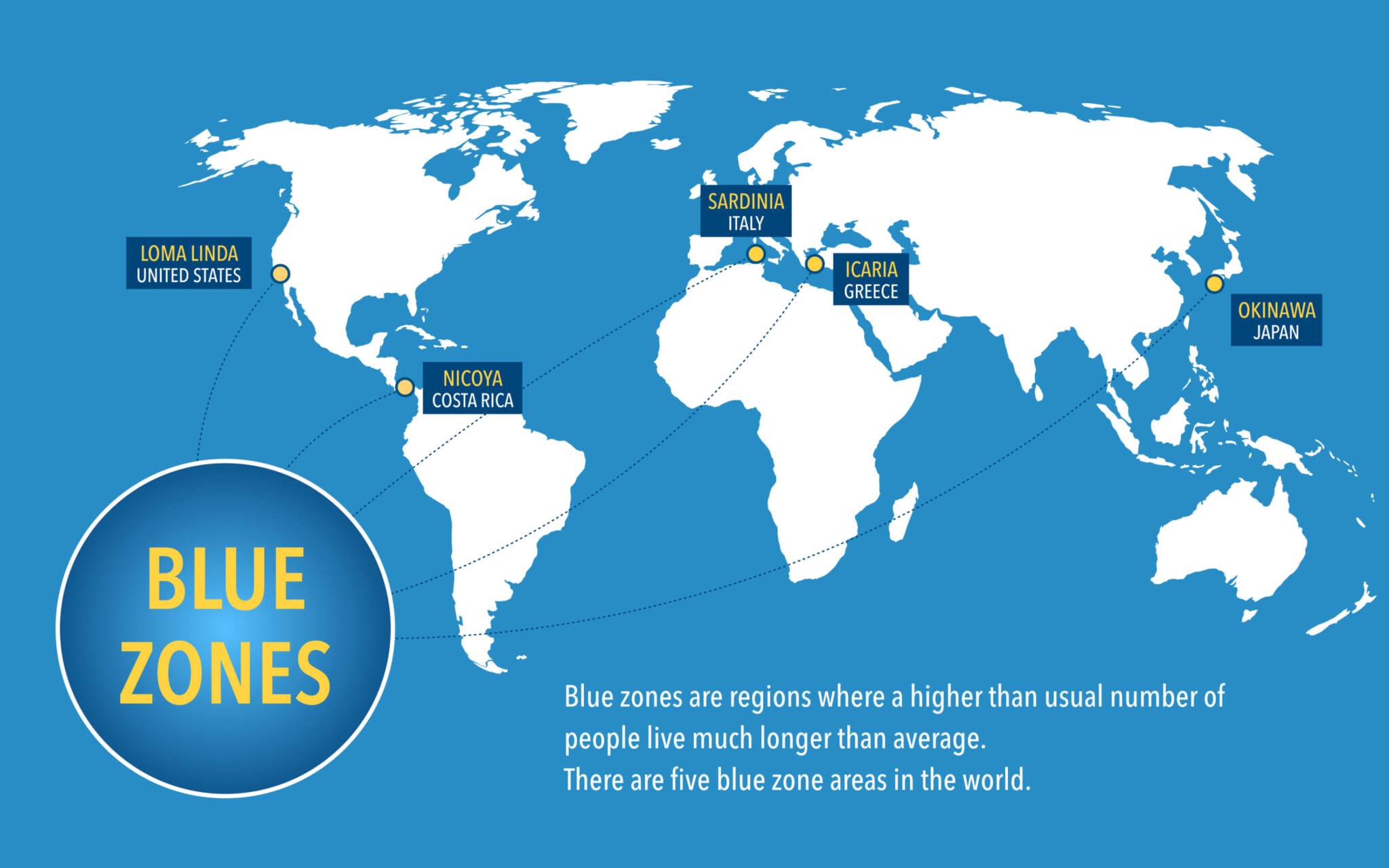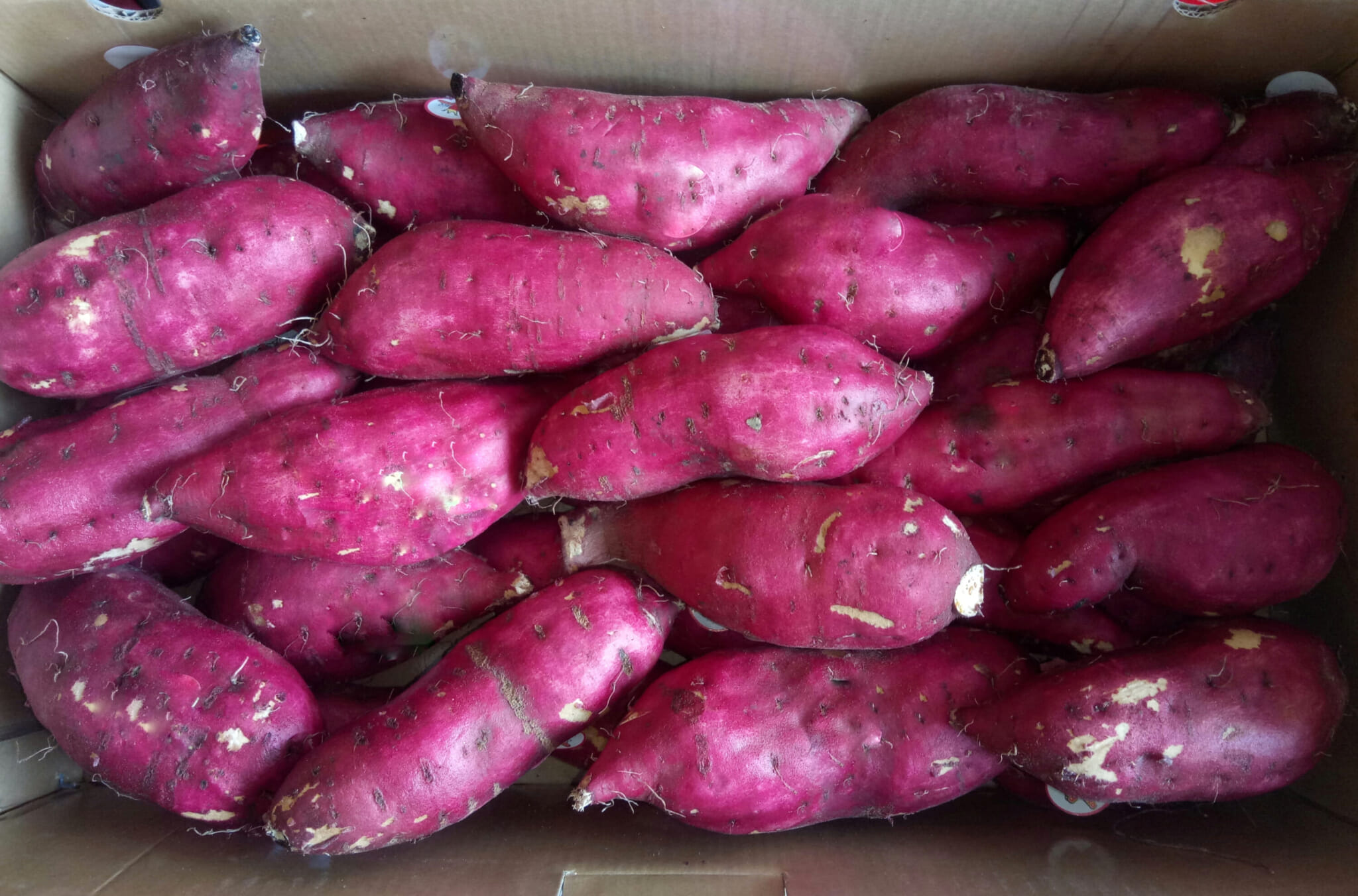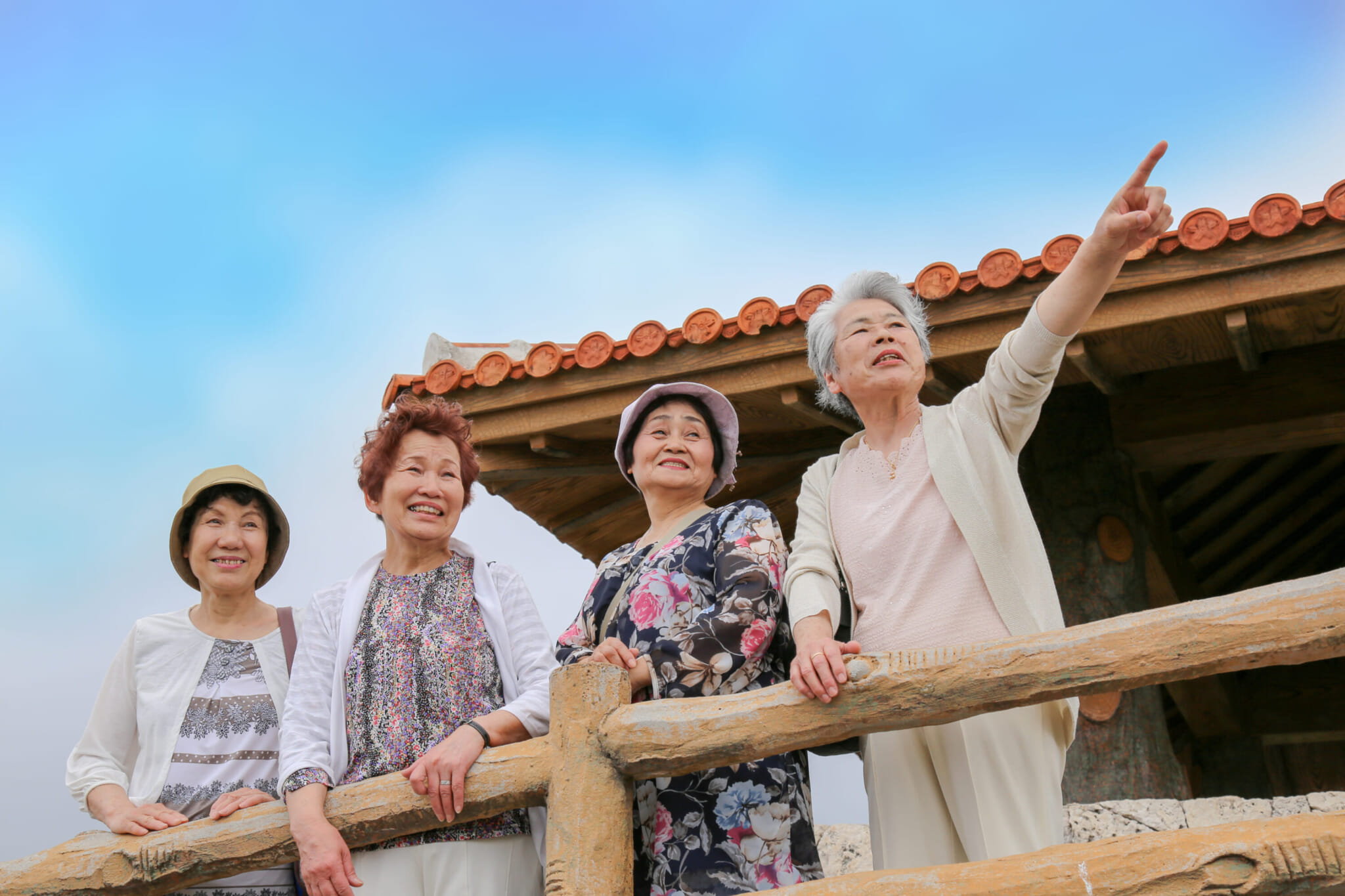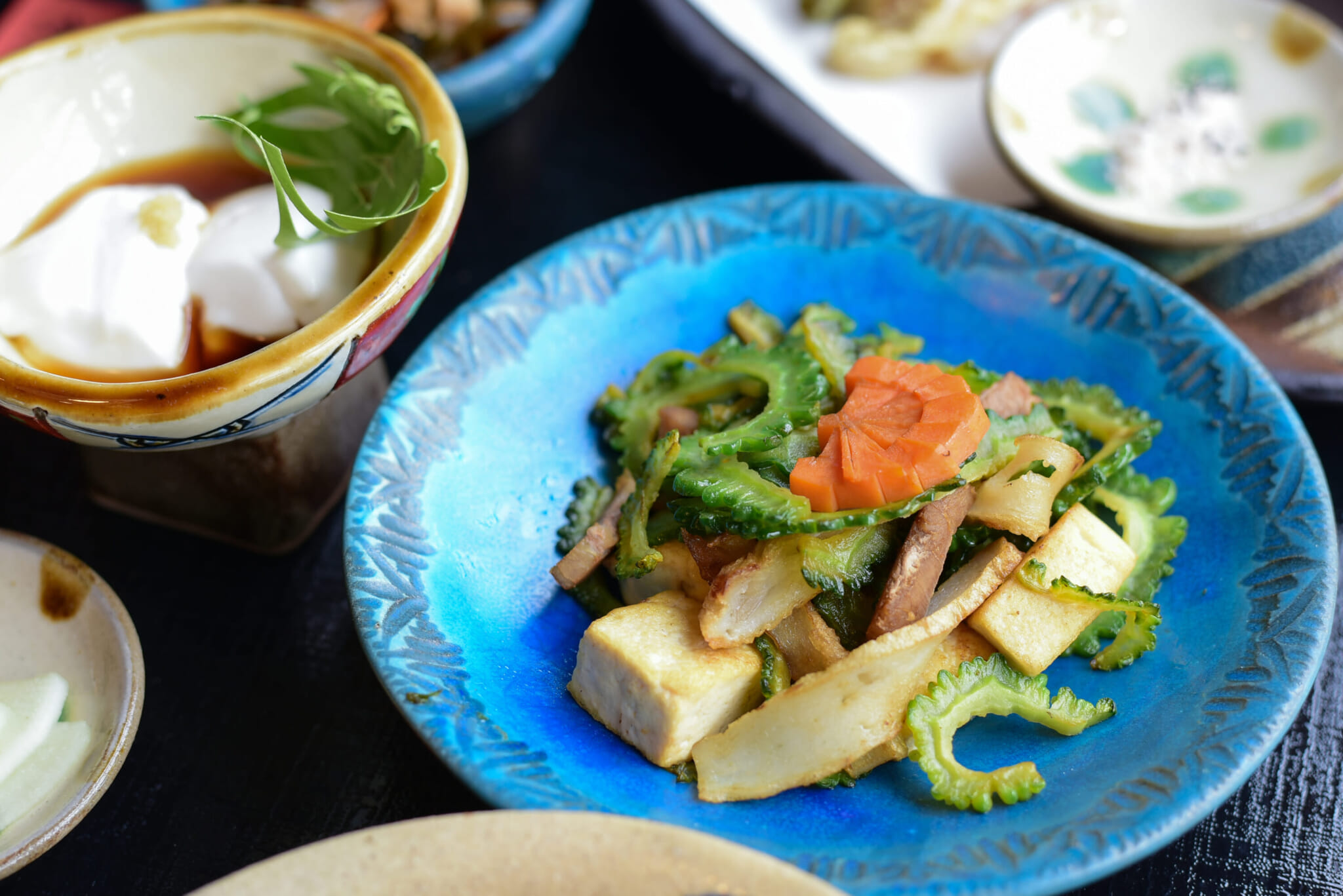Coined by the researcher Dan Buettner, a blue zone is a region where its inhabitants live exceptionally long lives because of the diet, lifestyle and ecology found there. There are five blue zones in the world, with one of them being in Okinawa. Home to a high concentration of centenarians, Okinawa’s diet has been extensively studied to unlock the key to longevity. The Okinawa diet has evolved in recent years, but it is mainly plant-based, low-calorie and high in carbs. Here are the basics of the Okinawa diet, so you can also reap the benefits of the healthy anti-aging it might offer.

Hara Hachi Bu
Hara hachi bu, or eating until you’re 80% full, is a common phrase used in Okinawa, and it is a vital part of the diet there. As a result of stopping at moderate fullness, the calorie intake of people in Okinawa is significantly lower than many western countries. Along with keeping inhabitants lean and at a healthy weight, this concept of not stuffing oneself leads to mindful eating that can be very beneficial. Reciting “hara hachi bu” at the start of a meal encourages people to eat slowly and focus on the food. Although the benefits of calorie restriction are still being researched, eating slowly, chewing thoroughly and not having distractions during meals can help you be more conscious of what you ingest in day-to-day life.

Staple Foods
Along with eating slightly less, the Okinawa diet has some staple foods that make it very healthy. Locals take advantage of the natural resources that surround them, which happen to be nutrient-dense, antioxidant foods.
The majority of the Okinawa diet consists of vegetables, most notably orange and purple potatoes. Packed with fiber and nutrients as well as having a low glycemic index that won’t spike your blood sugar levels, potatoes are frequently mistaken for being unhealthy but are actually a fantastic carb source.
Okinawans also eat a variety of seaweed and kelp, bamboo shoots, daikon, goya, cabbage, carrots, okra, pumpkin and green papaya. They also eat a lot of soy products, including tofu, edamame, miso and natto. A small part of their diet is made of grains, including rice and noodle dishes. Surprisingly, less than 2% of their diet comprises seafood and meat, which is mostly white fish and pork.
The Okinawa diet avoids animal products, most fruits, processed foods and refined sugars.
As a result, it is low-calorie, high-carb and low-protein. This diet may be alarming for the modern health enthusiast, whose goal is to have visible, toned muscles. It certainly goes to show that looks are not always a direct indicator of health.

Okinawa Diet Benefits
The Okinawa diet’s main benefit is, of course, its proven longevity. Along with a long and prosperous life, Okinawans also experience fewer illnesses such as heart disease and cancer compared to the western world. Eating fewer calories and restricting the intake of refined sugars and saturated fats can help reduce the risk of these chronic diseases.
The staple foods of potatoes, soy and colorful vegetables eaten frequently in Okinawa have powerful plant compounds that are associated with preventing a wide range of chronic illnesses. Because the Okinawa diet is high in antioxidants and is anti-inflammatory, those who have food sensitivities may find that the Okinawa diet leaves them feeling less bloated or fatigued.
The downfall of the Okinawa diet is that it is somewhat restrictive. In the modern age, where food processing has found its way to the island, most locals don’t even follow the Okinawa diet. If you’re used to eating a lot of protein, sugar and carbs sourced from wheat, the Okinawa diet might feel unsustainable.
In the end, finding a diet that makes sense for your lifestyle and feels good for your body is what’s important, and it might take some trial and error. If you want to start incorporating the Okinawa diet into your life, eating more purple potatoes and soy is a great place to start.









